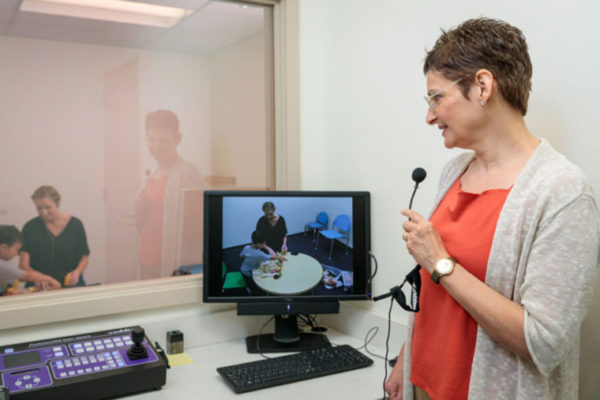Depressed children ages 4 to 6 who think and talk about committing suicide understand what it means to die better than other kids, according to new research at Washington University School of Medicine in St. Louis.
Such children with suicidal thoughts and words — what psychiatrists call suicidal ideation — were more than three times as likely to think about death as something caused by violence than young children with depression who did not think or talk about committing suicide.
The study is published in the March issue of the Journal of the American Academy of Child and Adolescent Psychiatry.
“The historic take on young children and suicide has been that they have no idea what they’re talking about, that maybe they’re repeating something they’ve heard or doing it for attention,” said senior investigator Joan L. Luby, MD, the Samuel and Mae S. Ludwig Professor of Psychiatry. “Our findings refute that. It really does seem that children expressing suicidal ideation understand what it means to die, and they understand it better than their peers.”
The researchers studied 139 children — 22 of them were depressed and expressing suicidal ideation; 57 had depression but no suicidal thoughts; and 60 didn’t suffer from depression — finding that those with suicidal ideation had the most developed understanding of death.
The children in the study were interviewed about death to measure their understanding of five concepts. They were asked about death’s universality — the fact that all living things eventually die. They also were asked about the specificity of death, to help determine whether children understood that although their grandparents could die, their stuffed animals could not. Other questions dealt with death’s irreversibility, the cessation of bodily functions that occurs with death, and potential causes of death.
“The first cause of death that seemed to pop into the heads of kids with suicidal ideation was something like getting shot or stabbed,” said first author Laura Hennefield, a postdoctoral research scholar in the Department of Psychiatry and in the Department of Psychological & Brain Sciences. “Poison came up a few times, too. That was a bit surprising, given that accidents and illness actually are much more common causes of death across the life span.”
The depressed children with suicidal ideation understood all of the components of death better than children in the other two groups. In addition, all of the depressed children with suicidal ideation were able to describe something that could cause death, compared with 61 percent of the other children with depression, and 65 percent of the nondepressed children.
“We started this analysis after observing higher-than-expected rates of suicidal ideation in these depressed children,” Hennefield said.
Luby, who directs Washington University’s Early Emotional Development Program, added, “Similar to our past studies of depression in preschoolers, these findings suggest greater emotional awareness and capacities in younger children than previously was understood.”
The researchers are continuing to follow these children to learn whether a parent-child interaction therapy might help improve health as the children begin school and grow into adolescence. In prior studies, the intervention reduced rates of depression and the severity of symptoms in depressed children.



